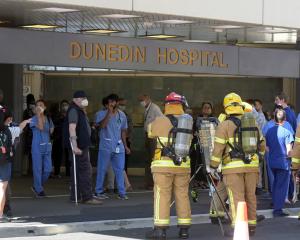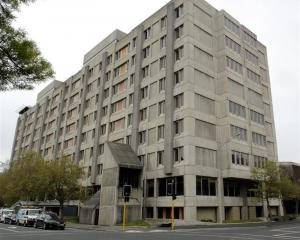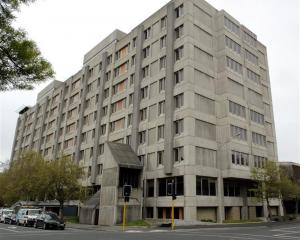Otago-Southland coroner David Crerar released his finding yesterday into Asa Tusani's death in Dunedin on March 26 last year.
The 64-year-old's death resulted from the "tragic coming together of a number of circumstances".
While finding she died from natural causes, Mr Crerar recommended the DHB use the case for training and education purposes.
Ms Tusani, who was morbidly obese and had a history of heart disease and hypertension, had been released from Dunedin Hospital's ED 36 hours before her death.
She had gone to the hospital with severe and sudden lower back pain. Clinicians ordered blood samples and an X-ray, and she was prescribed pain relief and sent home.
She went to bed the next night saying she still felt unwell. When she got up the next morning, she continued to complain of feeling unwell, and collapsed.
Called to her Calton Hill home, a St John intensive care paramedic and ambulance crew tried unsuccessfully to resuscitate her.
An internal investigation by Dr Paul Templer, of the Southern District Health Board, said Ms Tusani was seen within 25 minutes of arriving at Dunedin Hospital on March 24.
His report said that in a slimmer patient, the abdominal examination might have revealed the 9.7cm aneurysm.
Dr Templer said the hospital had learnt from Ms Tusani's case.
"This investigation will lead to changes in the system that will aim to reduce the risk that any other person with a ruptured AAA will be misdiagnosed."
Hospital staff apologised for the error, his report said.
The initial X-ray reading identified degenerative changes in the lumbar spine, but the calcified aneurysm was missed.
The condition was a rare cause of acute back pain, Dr Templer's report said.
Ms Tusani was described as having normal vital signs, and not being in distress.
The large calcified aneurysm was picked up by a consultant radiologist during a mandatory review of X-rays, at 10pm on March 27.
When she contacted ED, she was advised Ms Tusani had died the previous day.
"AAA may rupture completely, leading [to] the sudden death of a patient, or it may rupture partially, causing a temporary drop in blood pressure and pain," Dr Templer's report said.
"Dunedin ED has a pro forma for dealing with back pain which has several 'red flags' to help ensure dangerous causes of back pain are not missed.
"The pro forma does not include a leaking AAA as part of the diagnosis, as it is a rare cause." Had the second reading of the X-ray been sooner, a diagnosis could have been made, resulting in urgent surgery, Dr Templer said.
Ms Tusani's death was referred to the coroner by Southern DHB Otago chief medical officer Dick Bunton.
Last night, Mr Bunton said the case had heightened awareness of back pain as a possible symptom of AAAs.
He said the radiologist's second reading of the X-ray was performed within an acceptable time frame.
The DHB reported Ms Tusani's death - without naming her - in its 2010-11 serious and sentinel events report released in February.








